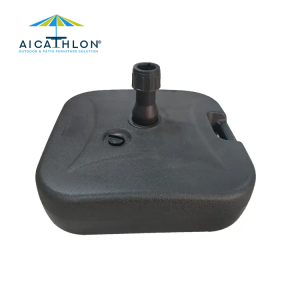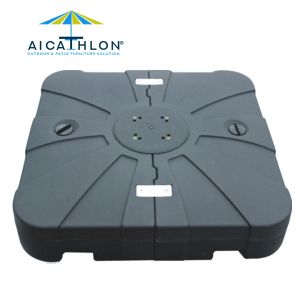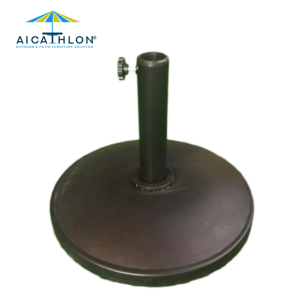More
Mastering Stability and Wind Resistance: Essential Tips for Patio Umbrella Bases
Mastering Stability and Wind Resistance: Essential Tips for Patio Umbrella Bases
Introduction:
A patio umbrella is a fantastic addition to any outdoor space, providing shade and comfort on sunny days. However, ensuring the stability and wind resistance of your umbrella is crucial to prevent wobbling, tilting, or even damage during gusty conditions. In this comprehensive guide, we will explore essential tips to help you master stability and wind resistance for your patio umbrella base, allowing you to enjoy worry-free relaxation in the great outdoors.
-
Assess Your Wind Conditions:
Understanding the wind conditions in your area is the first step in selecting an appropriate patio umbrella base. Strong gusts can exert considerable force on an umbrella, so it’s important to choose a base that can withstand those conditions. Research the average wind speeds and take note of any particularly windy seasons or microclimates in your vicinity.
-
Select a Sturdy Base:
Opt for a base that provides stability and weight to counteract wind forces. Freestanding bases with solid construction, such as those made of cast iron or steel, are typically more stable. Consider the weight of the base as well, as heavier bases are generally more resistant to wind. Aim for a base that is suitable for the size of your umbrella and provides adequate support.
-
Utilize Sandbags or Weights:
Enhance the stability of your patio umbrella base by using sandbags or weights. These can be placed on top of or within the base to add extra ballast and prevent tipping or tilting. Sandbags specifically designed for this purpose are available, or you can use weights like dumbbells or heavy rocks securely placed in a bag.
-
Explore Anchoring Options:
For areas with consistently high winds or for added peace of mind, consider anchoring your patio umbrella base. Anchoring systems, such as ground anchors or stakes, provide additional stability by securing the base to the ground or nearby structures. Follow the manufacturer’s instructions for proper installation and use.
-
Positioning Matters:
The placement of your patio umbrella base can also impact stability. Ensure the base is positioned on a level surface to prevent wobbling. Avoid placing the umbrella in areas prone to gusts, such as open corners or near tall structures that can create wind tunnels. If possible, position the umbrella to face into the wind for better resistance.
-
Lower the Umbrella in Windy Conditions:
During particularly windy days or when you’re not using the umbrella, lower it to minimize the surface area exposed to the wind. This reduces the chances of the umbrella catching gusts and potentially causing instability or damage.
-
Regular Inspections and Maintenance:
Regularly inspect your patio umbrella base for any signs of wear, damage, or corrosion. Address any issues promptly to ensure continued stability and performance. Clean the base as needed, following the manufacturer’s instructions, and store it properly during the off-season to extend its lifespan.
Conclusion:
Mastering stability and wind resistance for your patio umbrella base is essential for a pleasant and worry-free outdoor experience. Choose a sturdy base that matches the size of your umbrella and consider adding sandbags, weights, or anchoring systems for extra stability. Position the umbrella strategically, lower it during windy conditions, and conduct regular inspections and maintenance. By implementing these essential tips, you can enjoy your outdoor oasis with confidence, even in gusty weather. Stay comfortably shaded and protected as you embrace the beauty of the outdoors.










